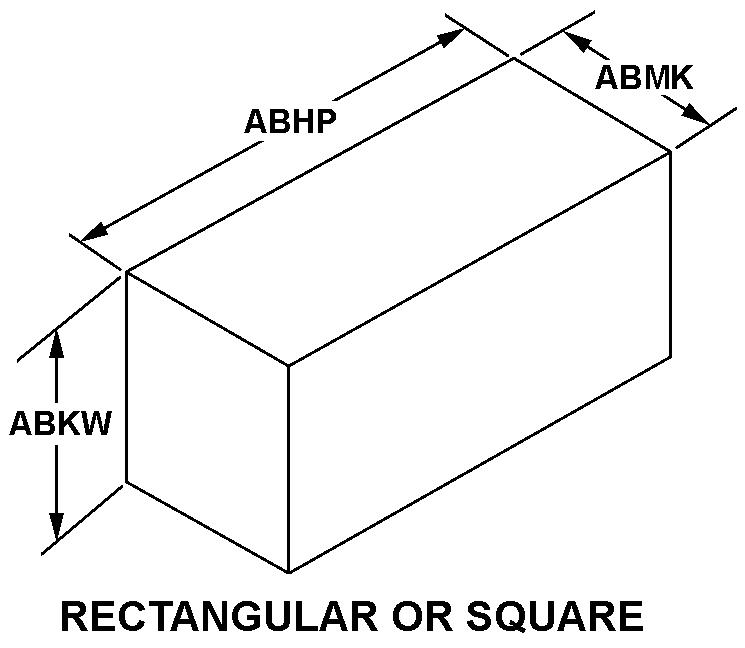5895015193252
Price Quote Get an up to date pricing and availability quote for this product. Order online or over the phone.
Quality Commitment
Serving our customers with quality and safety first.
- AS9120 Certified
- Audited supply chain
- ITAR Registered
- DDTC Registered
- HAZMAT Certified
- Customer service objectives
- Every product 100% inspected

5895-01-519-3252 Specification Set by the OEM (see RNCC code 3)
4.650in. ⁓4-21/32"
1.500in.
4.430in.
+32.0/+104.0 deg fahrenheit
+21.0/+160.0 deg fahrenheit
rectangular or square
encased
FREE-Standing
solid state
50.0 hertz input channel and 60.0 hertz input channel
100.000 volts input and 240.000 volts input
0.05 amperes
humidity 5-95 pct non condensing; heat generating 25 btu hr; ac input load 100-240 v porm 10 pct
converts between 10 BASE-T twisted pair and 10 BASE-Fl, MULTI-Mode or SINGLE-Mode, fiber or 10 BASE-2 thin coax, 1u high, stand alone unit that includes diagnostic leds for each port and a universal, 100-240 vac, power supply
Cross Reference Parts Part numbers that meet the specification outlined on this page and set by the OEM
Identification Item Identification Guide (IIG) and Item Name Code (INC)

Definition Definition of approved item name (AIN): "CONVERTER,SIGNAL DATA"
An electronic device which converts a data modulated signal of one form to a data modulated signal of another form.
5895-01-519-3252 Material Hazmat, Precious Metals, Criticality, Enviroment, and ESD
Indicates there is no data in the hmirs and the nsn is in a fsc not generally suspected of containing hazardous materials.
Item does not contain precious metal.
No known electrostatic discharge (esd) or electromagnetic interference (emi) sensitivity.
Represents items with no adp components
The item does not have a nuclear hardened feature or any other critical feature such as tolerance, fit restriction or application.
Identification Codes
HMIC: Hazardous Material Indicator Code. A one position code that identifies a hazardous item.
PMIC: Precious Metal Indicator Code. A one position code which identifies items that have precious metals as part of their content. precious metals are those metals generally considered to be uncommon, highly valuable, and relatively superior in certain properties such as resistance to corrosion and electrical conductivity.
ESD: Electrostatic Discharge. Indicates if an item is susceptible to electrostatic discharge or electromagnetic interference damage. electrostatic discharge damage occurs when an accumulation of static electricity generated by the relative motion or separation of materials is released to another item by direct contact. electromagnetic interference damage occurs when an item comes into proximity with an electrostatic or magnetic field.
ENAC: Enviromental Attribute Code. Identifies items with environmentally preferred characteristics.
CRITL: Criticality Indicator Code. Indicates an item is technically critical by tolerance, fit, application, nuclear hardness properties, or other characteristics.






